Tulip tree - three years of spotting and dropping leaves
dhorvath
9 years ago
Related Stories

LANDSCAPE DESIGNPretty Trees for Patios, Paths and Other Tight Spots
Choose trees for their size, shape and rate of growth — or shape them to fit your space. Here's how to get started
Full Story
FALL GARDENING5 Ways to Put Fall Leaves to Work in Your Garden
Improve your soil and yard the organic way with a valuable garden booster that grows on trees
Full Story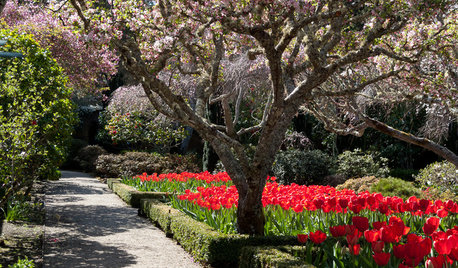
PLANTING IDEASEasygoing Tulip Ideas From a Grand California Garden
Gather up these ways to use tulips to make a spring garden of any size overflow with beauty
Full Story
FALL GARDENINGReflecting on a Gardening Year
Mistakes and successes, surprises and comforts. The garden helps us grow in new ways every year
Full Story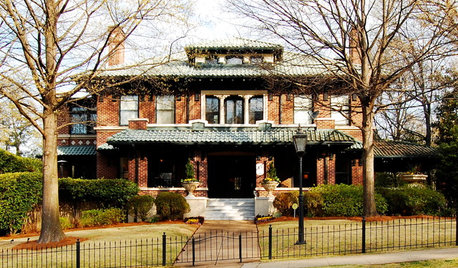
ARCHITECTUREStates of Style: Alabama’s Icons Leave Their Mark
In the first of a new series, discover the natural beauty, the architectural icons and some of our favorite homes deep in the heart of Dixie
Full Story
GARDENING AND LANDSCAPINGScreen the Porch for More Living Room (Almost) All Year
Make the Most of Three Seasons With a Personal, Bug-Free Outdoor Oasis
Full Story
DIY PROJECTSDIY: Freshen Up for the New Year With a Eucalyptus Table Garland
Eucalyptus leaves, white blossoms and air plants combine in a gorgeous, long-lasting arrangement for your table or buffet
Full Story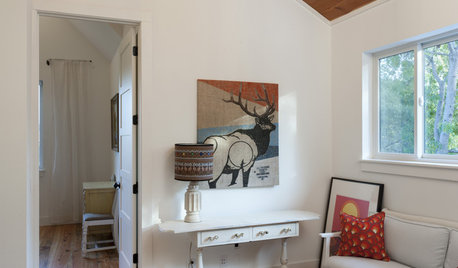
MOST POPULARThree Magic Words for a Clean Home and a Better Life
Not a natural tidying and organizing whiz? Take hope in one short phrase that can change your life forever
Full Story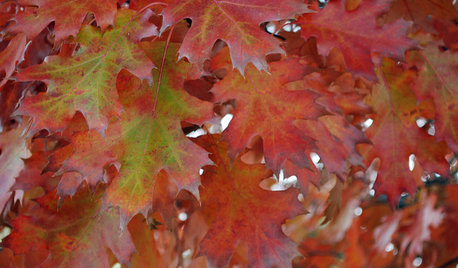
GARDENING GUIDES6 Healthy Ways to Handle Fallen Leaves
Once nature's beautiful bounty is spent, these ecofriendly strategies for leaves will put your yard in the clear
Full Story
DECLUTTERINGDownsizing Help: Choosing What Furniture to Leave Behind
What to take, what to buy, how to make your favorite furniture fit ... get some answers from a homeowner who scaled way down
Full StoryMore Discussions






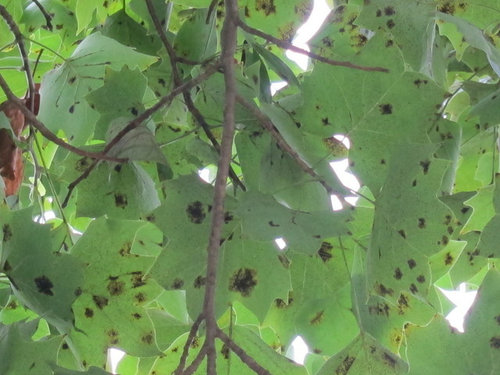



bengz6westmd
dbarron
Related Professionals
Simi Valley Landscape Architects & Landscape Designers · Harvey Landscape Architects & Landscape Designers · Berwyn Landscape Contractors · Estelle Landscape Contractors · Federal Way Landscape Contractors · Hawthorne Landscape Contractors · Lewisville Landscape Contractors · Maywood Landscape Contractors · North Lauderdale Landscape Contractors · Eastlake Landscape Contractors · Broomfield Siding & Exteriors · Castle Rock Siding & Exteriors · Tooele Siding & Exteriors · Worcester Siding & Exteriors · Saint Louis Park Decks, Patios & Outdoor Enclosuresken_adrian Adrian MI cold Z5
Toronado3800 Zone 6 St Louis
dhorvathOriginal Author
calliope
jean001a
dhorvathOriginal Author
jean001a
dhorvathOriginal Author
dhorvathOriginal Author
jean001a
dhorvathOriginal Author
jean001a